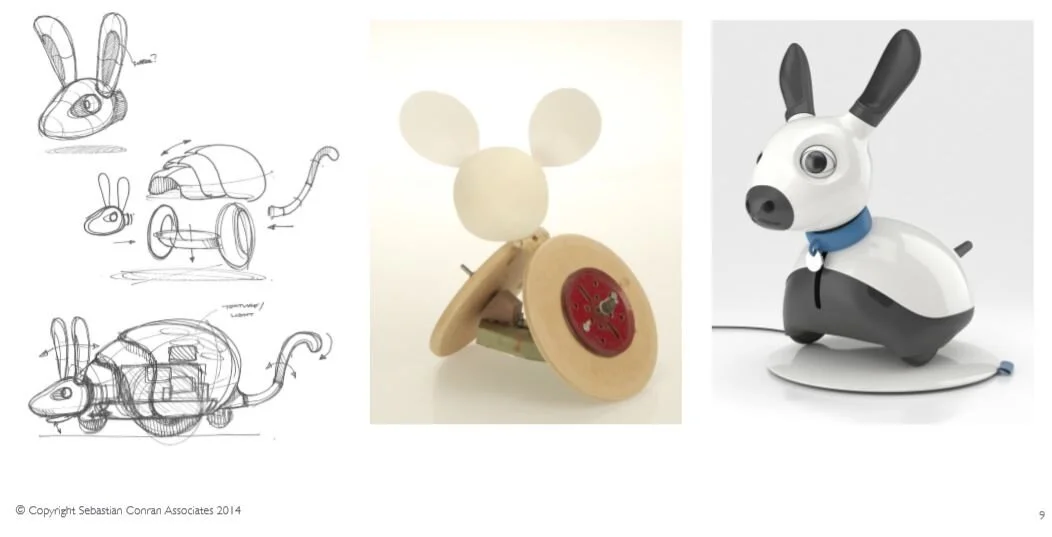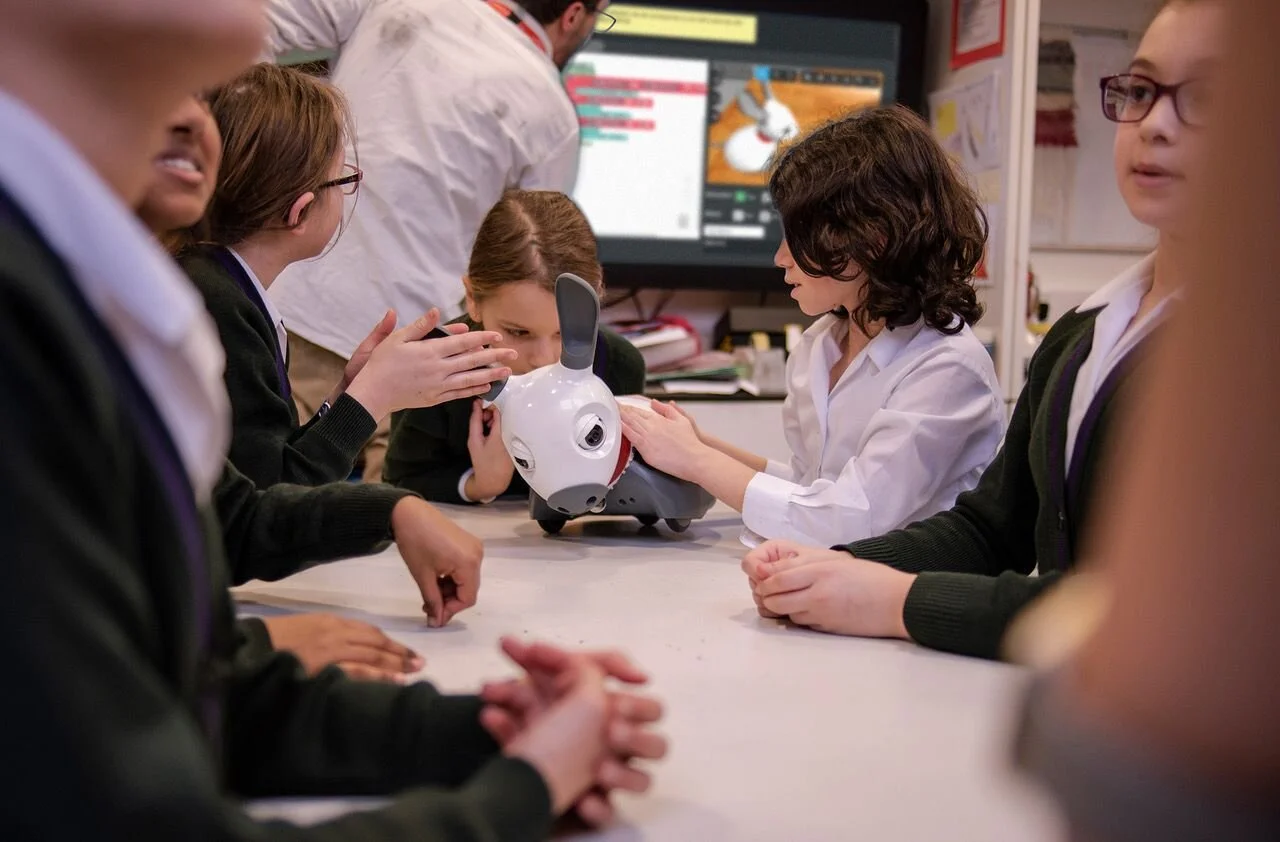Last month, the University of Waterloo (Samira Rasouli, Garima Gupta, Elizabeth Nilsen & Kerstin Dautenhahn) published a paper on the effectiveness of social robots for clinicians and patients in Robot-Assisted Interventions for Social Anxiety. They used MiRo and a range of social robots in their study.
Can Robots Care?
Looking for a fun exhibition for the New Year? Come and visit MiRo at the prestigious Thackray Museum of Medicine! The playful ‘Can Robots care?’ exhibition offers visitors the chance to explore a range of robots designed to care for humans.
How can universities stimulate interest and learning in large classes with both in-person and remote participation?
How can you stimulate interest in coding?
In the future, there will be a demand for more and more Artificial Intelligence [AI] coding to run our cities and the devices we use in our home for housework, security, homeworking and entertainment. Staring at a screen looking at line after line of code appeals to some more than others so how can you stimulate yours or your pupils' interest in coding?
Are friends electric? The benefits and risks of human-robot relationships
Social robots that can interact and communicate with people are growing in popularity for use at home and in customer-service, education, and healthcare settings. Although growing evidence suggests that co-operative and emotionally aligned social robots could benefit users across the lifespan, controversy continues about the ethical implications and their potential harms. In this condensed post, Professor Prescott and Professor Robillard highlight the benefits and risks of human-robot relationships.











